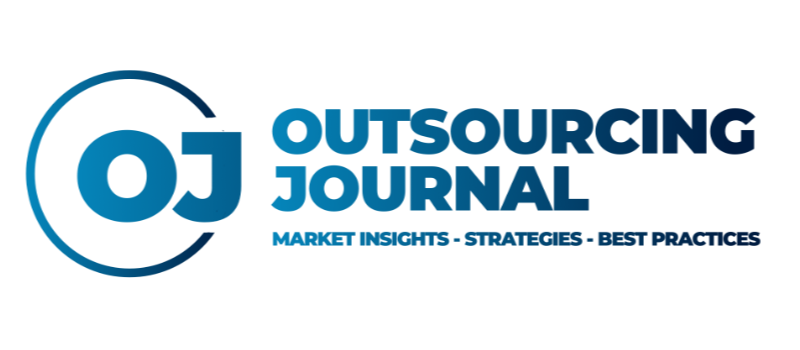Vague estimates for software projects are more than just frustrating. They’re dangerous.
Imagine asking for a quick estimate and getting a ballpark number with a sizeable range — somewhere between X and 3X. Sure, it gives you some idea of budgets and costs. But you are still left guessing about the resources and delivery timelines.
Worse still, if it’s a 6-figure project, the difference between an optimistic and pessimistic estimate may reach hundreds of thousands of euros.
Fortunately, there’s a solution. By investing just a fraction of your time, you can cut risks and get an accurate estimate from the start, gaining control over project resources, costs, and deadlines. Here’s what you can do.
Share all the information you can upfront
The more materials you provide to your vendor, the more precise the estimate you will get. It can be anything from documented business processes and user journeys to compliance and legal requirements. Your input gives context. And context is what helps your vendor remove the guesswork from the estimate.
Show the vendor your existing system
If you already have a system in place, don’t just describe it — show it. Give your vendor a test account or run a detailed demo. Walk them through the features, user flows, and especially the things you are not happy about and want to fix. The more they see, the more clarity they have. And the more accurate the estimate you will receive.
Be honest about what doesn’t work or works poorly
You want a realistic estimate, not an optimistic one. That means being open about what doesn’t work or works poorly in your current system or process. If it’s relevant to your software project — tell your vendor.
It can be a workflow that has gaps or inconsistencies, duct-taped integrations, or workarounds you had to use to put your process and systems together. Failing to share this information can lead to a severely underestimated project.
Invite different stakeholders into the room
Map out who will use, manage, or be impacted by your system. Then bring them into the conversation. Whether it’s product, marketing, ops, sales, or support, different stakeholders have different expectations, priorities, and perspectives based on their roles in the workflow. This may impact requirements and workload breakdown.
Clarify business rules and hidden logic
Your business may have unique dependencies, workflows, and unspoken rules that will impact your software and its features. Talk about these nuances with your vendor. Otherwise, your vendor won’t account for them, leading to underestimated complexity and costly rework.
Share your priorities and deadlines
Walk your vendor through your objectives, priorities, and deadlines. They will help you prioritize features, optimize the scope, and create a realistic roadmap that fits your goals and budget. For example, by dropping low-impact features or delaying the development of non-critical components.
Invest in scoping or discovery
What if you have none of the above? No documentation, no existing system, no user profile — just a product idea or a problem you want to solve. Then, consider investing in scoping or discovery, depending on the maturity of your idea and input. Each of these strategies will help you fill in the gaps, define the scope and roadmap, and get an accurate time and resource estimate for your project.
Bottom line
These simple yet fundamental steps bring clarity and save you from costly mistakes. So you won’t have to deal with guesswork or ballpark numbers for a software project again. Instead, with a precise estimate in hand, you can better allocate resources, understand risks before they hit, and get realistic timelines and delivery goals.
Learn more about getting a quality estimate for your next software project here.

Katherine Lazarevich is a co-founder of Digiteum with two decades of practical experience in growing successful digital products and building high-performing software development teams. Together with Digiteum, she helps profitable companies reach their business and innovation goals. Katherine is a tech enthusiast and a strong advocate for elegant user-centered design, bringing a wealth of expertise in UX/UI and digital product strategy.
